Search
Custom Menu
Archive
- April 2025
- December 2024
Recent Post
You Know Your a Book Ad... Jul 22, 2025
Shipping, Surprises, an... Jul 02, 2025
How to Choose the Right... May 26, 2025
Tags
Page-Turners of Deception: Must-Read True Crime Books
Posted By: Chava Burnham | Posted On:

True crime has fascinated people for hundreds of years and continues to be a popular genre, as evidenced by the numerous books, podcasts, documentaries, movies, etc. Don’t bother asking what someone is listening to unless you want to know the grisly details of their latest true crime podcast.
True crime doesn’t only mean murders and homicides. True crime can include con artists, undercover cases, vanishings, and instances of extreme greed. In this case, we’re going to look at several true crime books that encompass many different crimes, all of which are exciting reads for the true crime junkie. You can find these books and more at your favorite used book store in Israel.
Unsolved: Classic True Crime Murder Cases
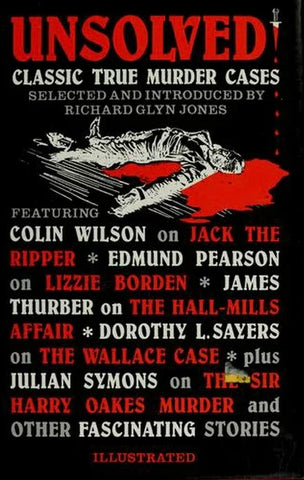
If you want to dip your toe into the true crime genre, a great place to start is the book Unsolved: Classic True Crime Murder Cases, selected by Richard Glyn Jones. This book briefly explains several “classic” or infamous murder cases. Cases like Jack the Ripper, Lizzie Borden, the Sir Harry Oakes Murder, and many other stories.
Lizzie Borden, the origin of the chat: “Lizzie Borden took an axe/She gave her mother forty whacks/When she saw what she had done/She gave her father forty-one” is one of the most infamous murder cases in America. Lizzie Borden was a young in Massachusetts who murdered her parents on August 4, 1892. She was not held responsible for the murders and went on to be ostracized for the rest of her life.
Another famous case is the Jack the Ripper case in England. This case has never been solved, though there are many theories about whodunnit. Jack the Ripper targeted women, some sex workers, in London, England, in 1888, leaving surgical-type mutilations on the bodies.
If these cases interest you, pick up a copy of Unsolved and start reading!
Crime Wave
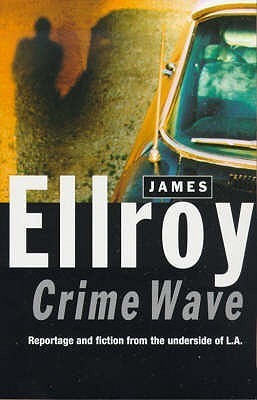
Another great compendium of true crime stories is Crime Wave by James Ellroy. Published in 1999, Crime Wave contains eleven short works of both fiction and non-fiction. Eight of the stories are crime reports, which include “Sex, Glitz, and Greed: The Seduction of O.J. Simpson.” O.J. Simpson, the former NFL star, is notorious for his involvement in the murder of Anna Nicole Simpson and her friend Ronald Goldman.
As an interesting aside, the police chase that ensued was part of what began a 24-hour news cycle in America. News anchors remained on camera for hours, trying to stay on top of the police chase. A parody of this can be seen in the movie Anchorman 2: The Legend Continues.
Catch Me If You Can
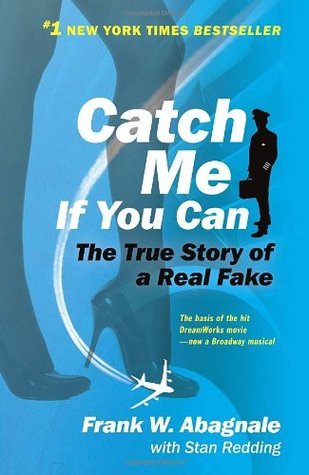
The crimes committed in Catch Me If You Can by Frank W. Abagnale are much less bloody. Written as an autobiography, Catch Me If You Can recounts one of the most daring con men, who also committed forgery, impersonations, and escapes.
Before he was twenty-one years old, Abagnale, who also went by Frank Williams, Robert Conrad, Frank Adams, and Robert Monjo:
- Put on a pilot’s uniform and copiloted a Pan Am jet.
- Pretended to be a supervising resident at a hospital.
- Practiced law without a license.
- Pretended to be a college sociology professor.
- Cashed over $2.5 million in forged checks
- Claims to have worked as an assistant state attorney general in Louisiana
He is known by the police in twenty-six countries and all fifty states of the United States as “The Skywayman,” and hearing the stories from the horse's mouth is an entertaining way to learn about Abagnale’s escapades.
If you love this case, then check out the movie of the same name, starring Leonardo DiCaprio and Tom Hanks.
Portrait of a Killer: Jack the Ripper Case Closed
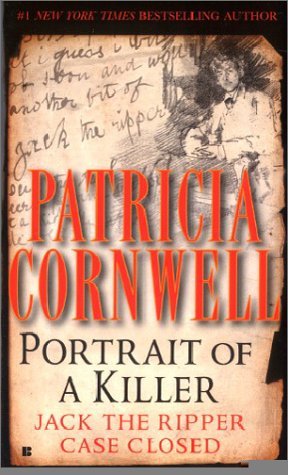
We briefly discussed the exploits of Jack the Ripper, the 1888 killer of five women in Whitechapel, London, England. For one theory of who was behind these killings, check out Portrait of a Killer: Hack the Ripper Case Closed by Patricia Cornwell. Cornwell, an expert researcher and knowledgeable about science, digs deeper into the case than anyone else before her and reveals who she believes is the true identity of Jack the Ripper.
Using modern forensic science and the evidence of the day, Cornwell believes that the Ripper was none other than Walter Richard Sickert, a respected painter in his day. Using layers of physical evidence discovered by modern forensic scientists and minds, she shows that Sickert was a serial killer who was driven by megalomania and hate.
Cornwell’s theory is corroborated by several other authors who have written similar books about who Jack the Ripper could be. Though with any theory, many don’t believe it or believe that Jack the Ripper was someone else.
If you’re looking for an exceptional dig into the Jack the Ripper case, check out Cornwall’s book and start your own journey into the seedy London underbelly of 1888.
The Hospital
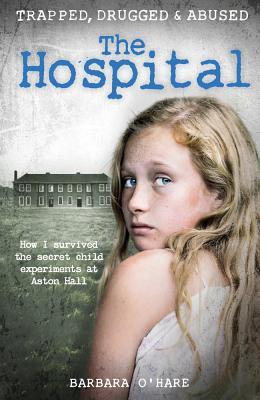
Many people dislike hospitals. The sterile smell. The white walls. The lingering death.
For many decades in United States history, hospitals have been places of terror where humans were experimented on, mistreated, and left to die. Hospitals were overpopulated and understaffed. One such story is of Barbara O’Hare, who was tortured in a psychiatric hospital called Ashton Hall in 1971. She wrote about her experiences in the book The Hospital.
O’Hare was held down, drugged with truth-telling serum– sodium amytal– and then abused by the head physician. She aims to uncover the truth of what she and many other children endured while in the hands of Ashton Hall and to prove why it must never happen again.
As you may know, many psychiatric hospitals were closed in the United States. While those who did not need treatment for actual disorders were free, many who did need help were left to fend for themselves. Because of the treatment many people faced in those hospitals, it was thought that psychiatric hospitals were inhuman. And, of course, they cost money.
We can only hope that O’Hare’s story, and many like it, can help change the future of psychiatric patients in the United States.
by Nicole Magidan






8 comments